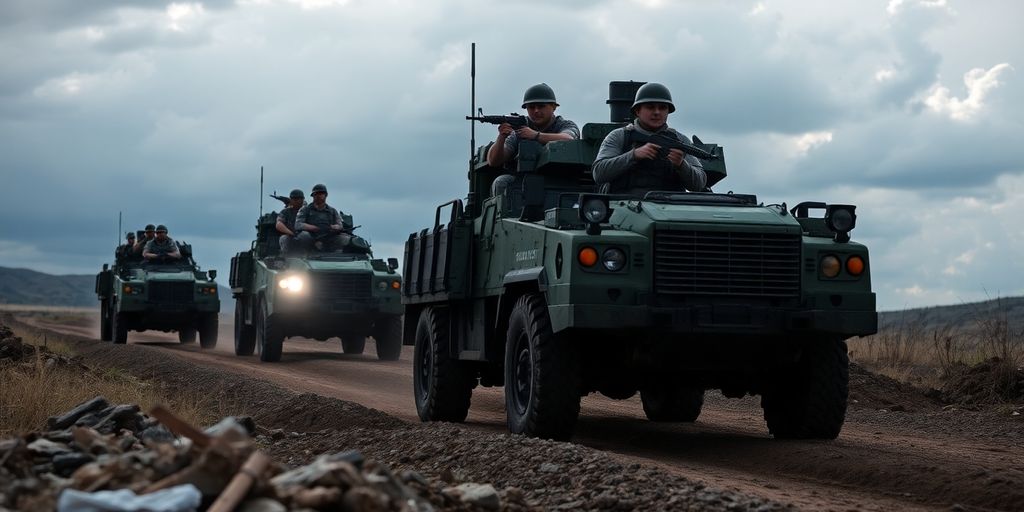Serbian President Aleksandar Vucic’s decision to attend Russia’s Victory Day parade on May 9 has sparked significant controversy, particularly in light of the European Union’s warnings regarding Serbia’s EU membership aspirations. This event highlights Serbia’s complex geopolitical stance and its military developments, including the integration of Soviet-era missiles into its air force.
Key Takeaways
- Vucic will attend the Moscow parade despite EU objections.
- Serbia is reportedly integrating Kh-31 missiles into its MiG-29 fleet.
- The EU’s influence on Serbia’s foreign policy is increasingly challenged.
Serbia’s Attendance at the Moscow Parade
On April 23, President Vucic confirmed his attendance at the 80th anniversary of the Soviet victory over Nazi Germany, stating he would "proudly represent Serbia." This decision comes amid rising tensions between Serbia and the EU, which has warned that Vucic’s participation could jeopardize Serbia’s long-stalled EU membership process.
Vucic emphasized that his decision was made months ago and that he would likely attend alone, as other leaders may fear repercussions. He plans to discuss critical bilateral issues with Russian President Vladimir Putin, including a new gas supply deal and the future of the Russian-owned Serbian oil company NIS, which faces potential U.S. sanctions.
EU’s Response and Regional Implications
The EU has expressed strong disapproval of Vucic’s plans, urging candidate states not to attend the parade. The bloc’s leaders are concerned that Serbia’s participation could undermine their efforts to present a united front against Russia, especially in light of the ongoing conflict in Ukraine.
Ukraine’s Foreign Ministry has also condemned the planned Serbian military presence at the parade, highlighting the potential for Serbian troops to march alongside individuals implicated in war crimes during the Russian aggression against Ukraine.
Military Developments in Serbia
In addition to its diplomatic maneuvers, Serbia is reportedly enhancing its military capabilities. Recent footage suggests that Serbia is integrating Soviet-designed Kh-31 anti-radar missiles into its MiG-29 fighter jets. This development marks a significant upgrade for the Serbian air force, which previously lacked the capability to deploy such advanced munitions.
- Kh-31 Missile Overview:
- Types: Anti-radar (Kh-31P) and Anti-ship (Kh-31A)
- Speed: 600-700 m/s
- Range: Up to 110 km for Kh-31P, 70 km for Kh-31A
The integration of these missiles indicates a shift in Serbia’s military strategy, potentially aligning it more closely with Russian military technology. This move could further complicate Serbia’s relationship with the EU and NATO, as it seeks to balance its historical ties with Russia against its aspirations for European integration.
Conclusion
As Serbia navigates its complex geopolitical landscape, Vucic’s upcoming visit to Moscow and the military enhancements signal a bold stance that may redefine its foreign relations. The implications of these developments will be closely monitored by both the EU and regional powers, as Serbia continues to assert its independence in a rapidly changing world.
Sources
- Serbia’s Vucic to attend Moscow Victory Day parade despite EU warnings, bne IntelliNews.
- Ukraine’s Foreign Ministry comments on planned Serbian military presence at Victory Day parade in Moscow |
Ukrainska Pravda, Українська правда. - Serbia Seen Integrating Soviet-Era Kh-31 Missiles Into MiG-29 Fleet, militarnyi.com.
- Serbia’s Vucic to visit Moscow in rebuke to EU, discuss gas deal with Putin | Serbia Politics News, SeeNews.






